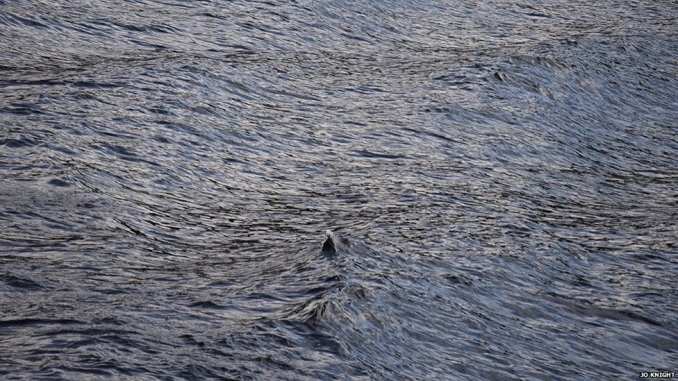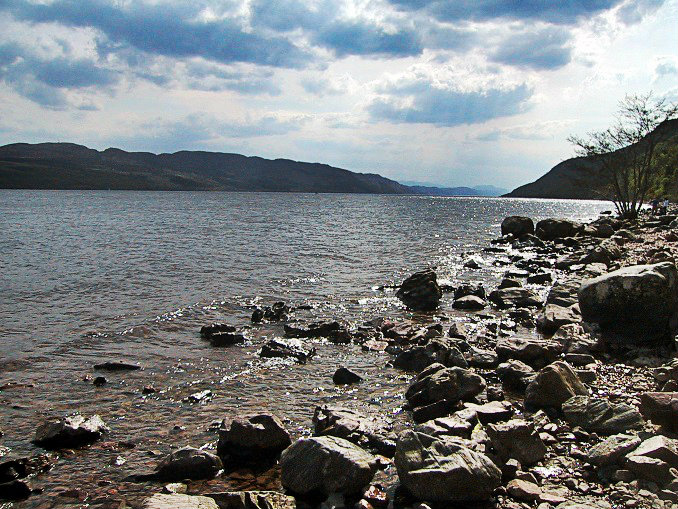Scotland's Loch Ness Monster has a busy year
In 2017 the Loch Ness Monster has had more official sightings than any other year this century. The most recent sighting was on 2 November 2017. Dr Jo Knight from Lancaster University and her nine-year-old son photographed what appears to be a fin or similar at 11.25 am from a cruise boat on a visit to the Loch. Loch Ness (Scottish Gaelic: Loch Nis) is famous for being home to the mysterious large aquatic animal known as the Loch Ness Monster or affectionately known by the nickname Nessie (Scottish Gaelic:Niseag). Despite all attempts to dismiss tales of a monster in Loch Ness there appears to be no end to claimed sightings of Nessie.
The first record of Nessie dates back to a passage in the seventh century "The Life of St Columba" written by Adomnán of Iona. He was Abbot of Iona between 679–704 AD. Iona (Scottish Gaelic: Ì Chaluim Chille) is an island in the Inner Hebrides (Scottish Gaelic: Na h-Eileanan a-staigh) off the west coast of the Scottish mainland. It is the site of a monastery founded by the Irish monk Columba in 563 AD. In Adomnán’s account of St Columba’s life, which was written some 100 after his death, Columba came across a group of people burying a man by the River Ness. Columba was told that the man had been attacked by a “water beast” which had dragged him under the water. Columba sent his follower Luigne moccu Min to swim across the river. When the beast came after him, Columba made the sign of the cross and ordered the beast to leave. Fortunately for Luigne, who was the live bait in this exercise, the monster sank again beneath the waves.







